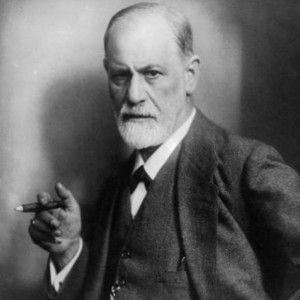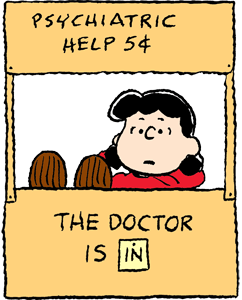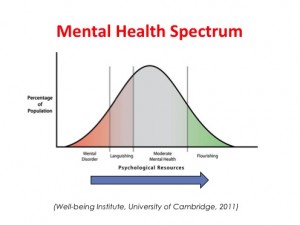“Psychiatry enables us to correct our faults by confessing our parents’ shortcomings.” (Laurence Peter)
Jeffrey A. Liberman includes this tongue-in-cheek quote in his book Shrinks: The Untold Story of Psychiatry. Published in 2015, Shrinks comes with Liberman’s strong credentials: Chairman of Psychiatry at Columbia University; Director of the New York Psychiatric Institute.
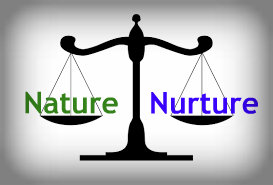 Like the first psychiatry book I read, Shrinks begins with a reference to the profession’s ongoing tension between nature and nurture; the swings between the belief that mental illness is entirely in the mind and the belief that is in the brain. We must embrace both, Liberman says.
Like the first psychiatry book I read, Shrinks begins with a reference to the profession’s ongoing tension between nature and nurture; the swings between the belief that mental illness is entirely in the mind and the belief that is in the brain. We must embrace both, Liberman says.
Shrinks continues with the history of psychiatry.
An early practioner, Mesmer, believed the cure for mental illness was inducing crisis. He tried to provoke fits of madness in the psychotically ill and bring depressives to the brink of suicide.
Liberman calls Sigmund Freud a tragic visionary, far ahead of his time. Freud’s theories of conflicts between unconsious mechanisms defined mental illness. But Freud’s controlling ways alienated his followers and his theories and methods were unscientific and rigid.
The profession wanted a more solid, medical footing, especially after the anti-psychiatry attacks of the 1960s and 70s.

The popular and acclaimed 1975 movie One Flew Over the Cuckoo’s Nest captured the public view with its portrait of the psychiatric profession as morally and scientifically bankrupt. Liberman doesn’t say this, but I suspect Cuckoo’s Nest played a role in the temporary abandonment of Electroconvulsive therapy (aka Shock Therapy), shown so gruesomely and cruelly in the film. ECT is back with us now as a treatment for depression when medication and/or therapy fail. 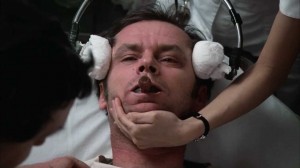
Liberman takes us through the drama of the DSM III, released in 1979. Before reading Shrinks, I was only vaguely aware of The Diagnostic and Statistical Manual (DSM), called the bible of psychiatry. The DSM is periodically revised and 2013 welcomed the fifth release. But the big change occurred with # 3, which drove the nail into Freudian psychoanalysis by defining mental illness by symptoms and courses of the illnesses, rather than by causes.
DSMs 4 & 5 made some minor changes, which included adding the only two disorders currently defined by cause: Post Traumatic Stress Disorder (PTSD) and Substance Abuse.
After reading about the debate, I can see why the DSM definitions matter. Either a disease’s root cause is of vital importance to treatment or its cause is less important than its symptoms. Something is labelled a disease or not. Notoriously, homosexuality was a disorder in the original DSM.
Historically, Liberation says, biological and pschyodynamic theories of mental illness have fared equally well and, today, most psychiatrists address both. From my other readings, though, I get the sense the balance is weighted on the biological side, although not as heavily as it is with the general public. Liberman might not see it so weighted because, despite his initial admiration for Freud, he seems to have landed closer to the biological argument and prescribes medication as a front-line treatment. This isn’t surprising when his speciality is therapy-resistant schizophrenia.
Shrinks struck me as a knowledgeable book written by someone high up in the mainstream of the psychiatric profession. My next readings challenged the conventional point of view.

